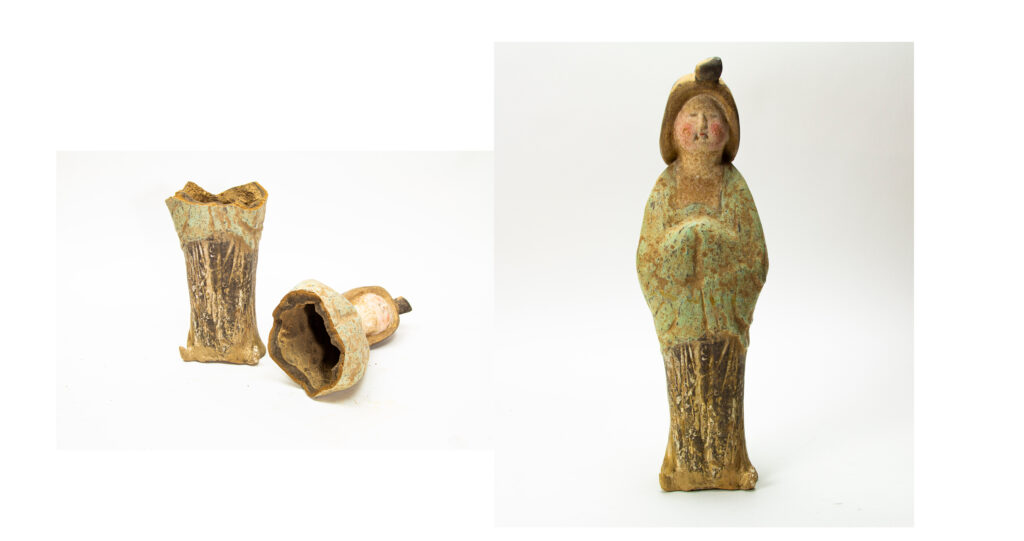
The Golden Age of Chinese History
The Tang Era of Chinese history is heralded as a golden age. It witnessed the prosperity of culture, economy, diplomacy and politics under a unified government.
Stability within China led to an expansion of foreigners entering and living within the country, bringing with them their own cultural and social habits.
With the introduction of different cultures, a new movement was ushered in. People were open to new ideas and beliefs, integrating and learning from new cultures. Normal class and social boundaries were dispelled with. Art was a particular genre that flourished with this new prosperity. Like other areas of the Chinese world, Tang art was influenced by the influx of new ideas and cultures.
The ‘Court Fat Lady’
The emergence of the ‘Court Fat Lady’ as a popular image of Chinese identity first made its appearance under the Zhou Dynasty, which briefly interrupted the Tang Dynasty. Women were romanticized and heroized. They were liberated in all senses of the word. Previously, the taste for women, especially concubines, had steered towards slim and slight women. The new Tang Dynasty fashion preferred the more buxom figure. Plump women of the high court were enjoying their heyday. They were represented in art and poetry and became popular in the royal household.
Yang Guifei
It is said that the most famous of court ladies, Yang Guifei, the consort of Emperor Xuanzong (r. 712-756), set the fashion for ladies of ample form. Clothing and fashions accommodated Yang’s more mature figure and for the first time, long, loose-fitting robes with high necklines became court fashion accompanied by elaborate hairstyles. One particular hairstyle is often seen on fat lady statues, made famous by the following story.
Returning from a hunting trip one day, Yang fell off her horse and the high arrangement of her hair came loose on one side. If anything, the delightfully disheveled state of her hair made her look even more beautiful. It was not surprising that the other palace ladies rushed to copy her style, with her bedraggled appearance. Yang’s influence was to last for generations with the Chinese idiom ‘Yanshou Huanfei’ (‘Plump Yang, Slender Fei’. Huan refers to Yang’s name whilst Yan refers to Zhao Feiyan’s name, the representative of slender beauty). This idiom celebrates the range of beauty celebrated in Chinese culture. The Fat Lady is the sculptural embodiment of celebrated beauty.
© 2021 Ancient & Oriental





